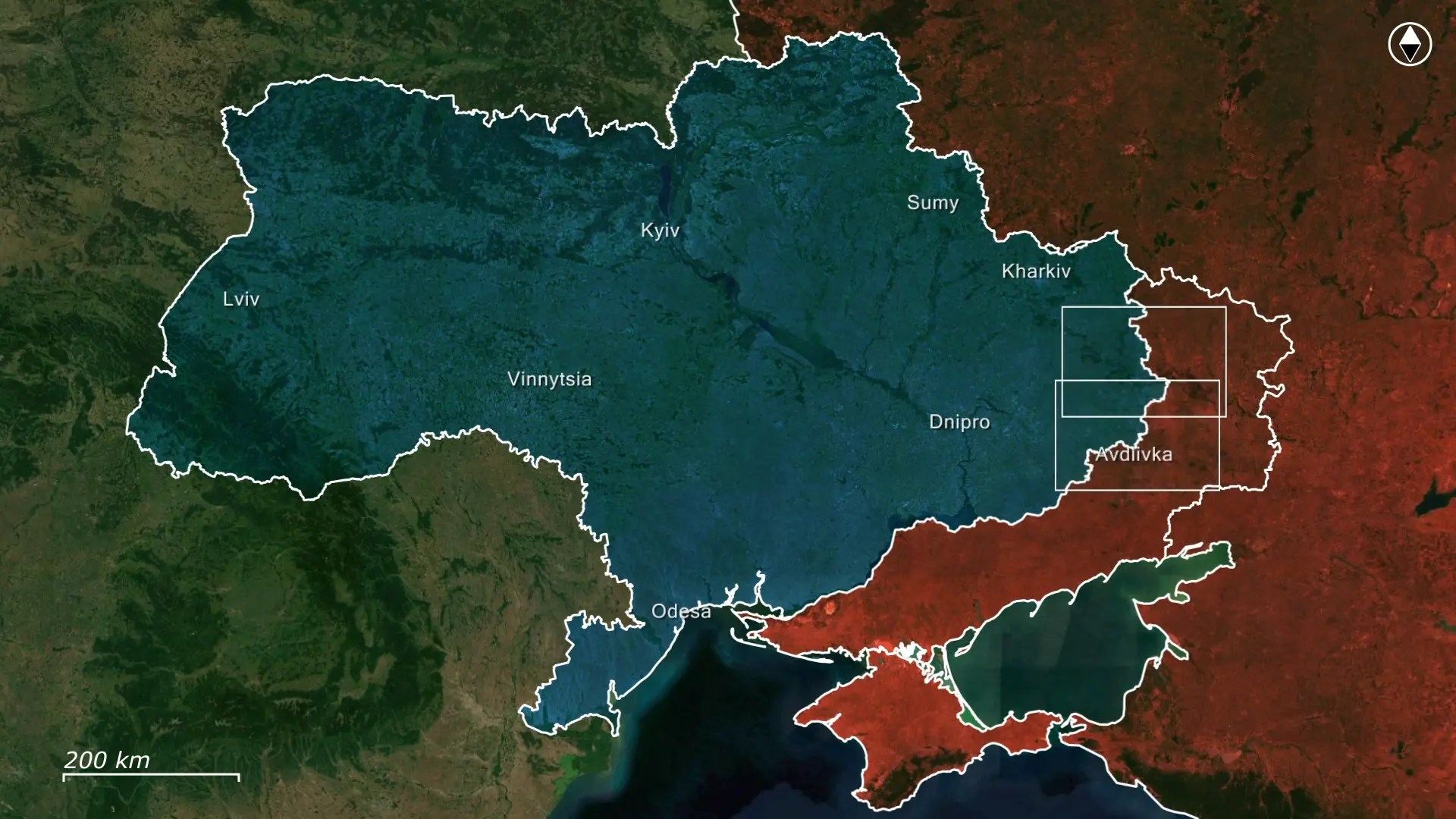Recently, after months of military pressure, the United States has launched a second wave of airstrikes on Houthi positions, this time targeting central command centers in Sanaa. What triggered this latest offensive is not just another Houthi attack, but something Washington sees as a far more serious threat than previous Houthi provocations.

The goal of the most recent U.S. operation is to eliminate Houthi missile and drone launch capabilities, specifically those used against U.S. and allied maritime assets in the Red Sea. This operation is part of a broader campaign to dismantle the Houthis’ operational capacity and restore U.S. deterrence across the Red Sea, where global shipping lanes have come under direct threat. The reason why the United States wants to achieve this goal is that the Houthis have continued to escalate their campaign against international shipping, directly targeting U.S. naval vessels and threatening global trade routes.

Following the first wave of U.S. strikes, which hit infrastructure in Saada and Taiz, the Houthis vowed retaliation.

Later, they followed through with a major strike on the Liberty Star, a U.S.-flagged commercial tanker, killing four crew members and severely damaging the vessel.

This was the deadliest attack to date and a clear shift from symbolic disruption to lethal engagement. The attack also demonstrated the Houthis’ growing ability to coordinate simultaneous drone and missile barrages, overwhelming onboard defenses.

The group claimed responsibility and stated that more such attacks would follow unless the United States withdrew its naval forces from the region. These developments forced the U.S. to recalibrate its approach, shifting from deterrence to direct disruption of Houthi offensive capabilities. The risk of further American casualties and sustained damage to commercial interests left Washington with little choice but to respond with increased force.
To achieve this goal, the United States launched precision airstrikes against Houthi command centers, targeting leadership compounds, underground storage depots, and radar installations in Sanaa and Dhamar. U.S. F-15 and B-1B bombers, operating from regional bases and carrier groups in the Arabian Sea, carried out the attacks.

According to the Pentagon, the strikes focused on assets involved in the command and control of long-range missile units. In parallel, the U.S. Navy deployed additional destroyers equipped with Aegis missile defense systems to intercept incoming projectiles in real time. Cyber operations were also conducted to disrupt the Houthis’ communications infrastructure, with unconfirmed reports of satellite signal jamming, and intelligence sharing with Saudi and Emirati forces was stepped up to provide better early warning and strike coordination. The result of these actions is a significant disruption of Houthi operations, but not a complete rollback.

The U.S. Department of Defense confirmed that the recent strikes destroyed at least six key command facilities and two radar systems, with initial reports indicating the deaths of at least twelve high-ranking Houthi officers, including Brigadier General Ali Hassan al-Shami. The attacks also destroyed launch platforms believed to have been used in previous Red Sea strikes. Despite these losses, the Houthis have not signalled de-escalation.

Within 48 hours, they released a statement calling the strikes ‘’an act of war’’ and vowed to continue operations against U.S. and Israeli assets wherever they may be. While U.S. air superiority has temporarily blunted their capacity, Houthi forces have shown a degree of decentralization that makes total disruption difficult.


Mass protests erupted in Sanaa and Saadaa, indicating growing domestic mobilization around the anti-U.S. narrative.

Overall, the second wave of U.S. strikes marks a new phase in the Red Sea conflict. Rather than deter the Houthis, earlier actions appear to have hardened their posture and accelerated their attacks. With Washington targeting leadership infrastructure directly, the conflict risks spiralling into an extended asymmetric confrontation. Unless either side shifts course, the Red Sea may remain a live conflict zone for the foreseeable future.









.jpg)








Comments